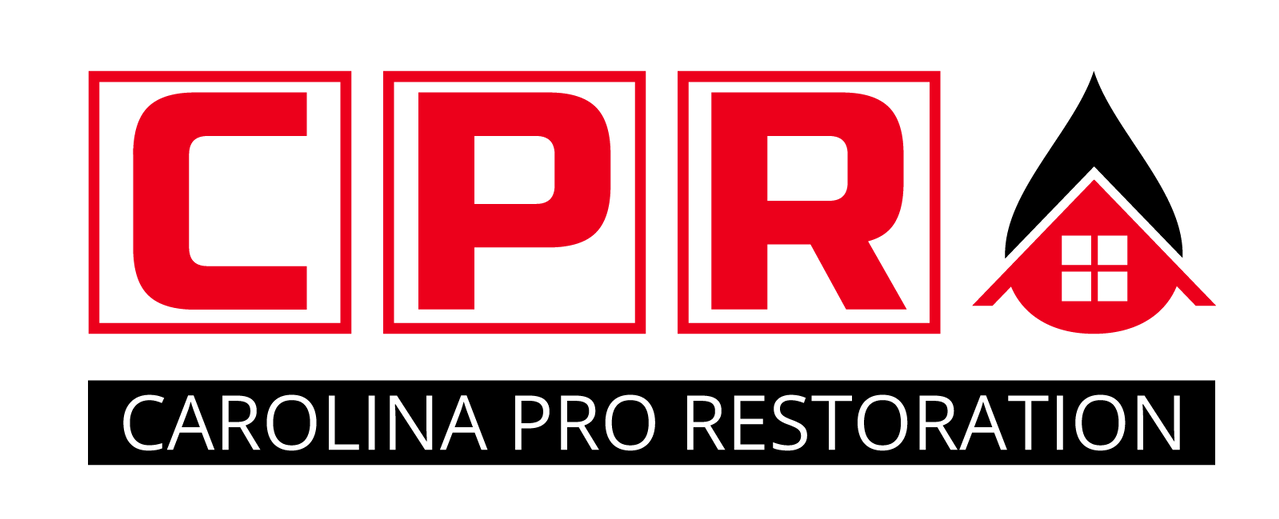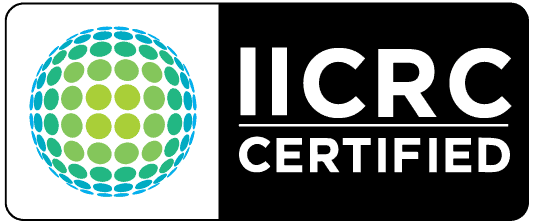Emergency Resources
Below, you will find expert articles and trusted websites to assist in navigating various emergencies. The articles cover various topics written by experts in their respective fields. The information provides in-depth guidance, step-by-step instructions, and indispensable resources when facing unexpected situations. Carolina Pro Restoration believes being well-prepared is the first step towards effectively managing emergencies. The collection of articles and websites provides the support you need when it matters most.
Mold Resources
A Brief Guide to Mold and Moisture in Your Home
This guide from the EPA provides information and guidance for homeowners and renters on cleaning up residential mold problems and preventing mold growth.
Main ideas:
- Moisture control is crucial to mold control, and mold should be promptly cleaned up within 24-48 hours.
- Mold can cause health problems due to allergens, irritants, and potentially toxic substances. Allergic reactions to mold can be immediate or delayed.
- If mold grows in your home, you must clean up the mold and fix the water problem to prevent it from returning.
Mold in Commercial Buildings
This guide from the EPA provides step-by-step instructions and guidelines for the remediation and cleanup of mold and moisture problems in schools and commercial buildings.
Main ideas:
- Mold remediation in schools and commercial buildings is essential to prevent damage to building materials and furnishings, save money, and avoid potential health risks.
- Changes in building construction practices during the 1970s, 80s, and 90s may have contributed to moisture problems in buildings and schools.
- Step-by-step guidelines are available for building managers, custodians, and others responsible for commercial building and school maintenance to protect the health of building occupants and remediate mold/moisture problems in schools/commercial buildings.
Mold and Your Health
Main ideas:
- Mold spores and fragments can get into the air we breathe and form on damp materials such as leaves and drywall. Some molds are harmful, producing mycotoxins, which can cause respiratory problems, asthma, and other health conditions such as asthma, allergic reactions, inflammation, and immune system changes.
- Leading health organizations have confirmed that occupants of damp, moldy buildings have an increased chance of respiratory problems such as shortness of breath and worsening asthma.
- Particulate matter, such as mold, is a common problem in low-socioeconomic households and can lead to mold growth indoors, including in multifamily units and low-income homes.
Mold Prevention and Remediation
This article from the National Institute of Health outlines ways to prevent mold growth, conditions for remediation, and responsibilities of affected parties
Main ideas:
- Moisture must be eliminated in less than 48 hours to prevent or destroy mold growth
- General mold prevention measures include fixing leaks, being alert for condensation and wet spots, increasing surface temperature, and maintaining low indoor humidity
Fire and Smoke Resources
Dealing with Debris and Damaged Buildings
This article from the EPA discusses how to go about remediating your home after an event like a fire has severely damaged it.
Main ideas:
- Cleanup after a disaster can pose health and environmental challenges
- Local governments may need to manage debris and demolish homes
- General cautions include being aware of possible gases and properly disposing of waste
- Federal authorities urge extreme caution when re-entering damaged homes and buildings.
Water and Flood Damage
IICRC Resource
The Institute of Inspection Cleaning and Restoration Certification (IICRC) not only exists to serve companies in the restoration industry but also to provide resources to property owners undertaking a variety of restoration projects. The IICRC resource page has plenty of information on disasters like flooding, mold, fires, and more
Main ideas:
- Cleanup after a disaster can pose health and environmental challenges
- Local governments may need to manage debris and demolish homes
- General cautions include being aware of possible gases and properly disposing of waste
- Federal authorities urge extreme caution when re-entering damaged homes and buildings.
National Weather Service
The National Weather Service’s site features two fantastic resources for water and flood damage: live weather forecasts and a safety tips index with pages on a variety of disaster scenarios, each one detailing what to do before the event, during the event, and after the event. The pages on floods, hurricanes, thunderstorms, and tsunamis are beneficial in preparing your response to a water damage event.
Emergency Preparedness
Ready.gov
Ready is a National public service advertising campaign to educate and empower Americans to prepare for and respond to any kind of emergency, natural or man-made, imaginable. Ready.gov offers resources for families and business owners in English and Spanish. This site is great for:
- Staying informed about the different types of emergencies that could occur and how to respond appropriately
- Learning how to make a family emergency plan.
- Building an emergency supply kit.
- Finding ways to get involved in your community by taking action to prepare for emergencies.
FEMA
The Federal Emergency Management Agency’s (FEMA) primary purpose is coordinating large-scale disaster response in the US. This site is great for more general large-scale disaster response information or for getting assistance recovering from a natural disaster once it’s already happened. FEMA offers the following disaster relief resources:
- Assistance for individuals recovering from a natural disaster
- Information and resources for various natural disasters happening across the US
- Tools to recover from a natural disaster
- Risk mitigation information
Red Cross
The organized International
Red Cross and Red Crescent Movement is a humanitarian movement best known for its disaster relief efforts. They offer opportunities to volunteer to help with disaster relief and training courses like First Aid and CPR that prepare individuals to assist when a disaster strikes. The Red Cross training programs are available to individuals and organizations to prepare them for emergency response.
All Rights Reserved | Carolina Pro Restoration LLC. Privacy Policy | Terms & Conditions



